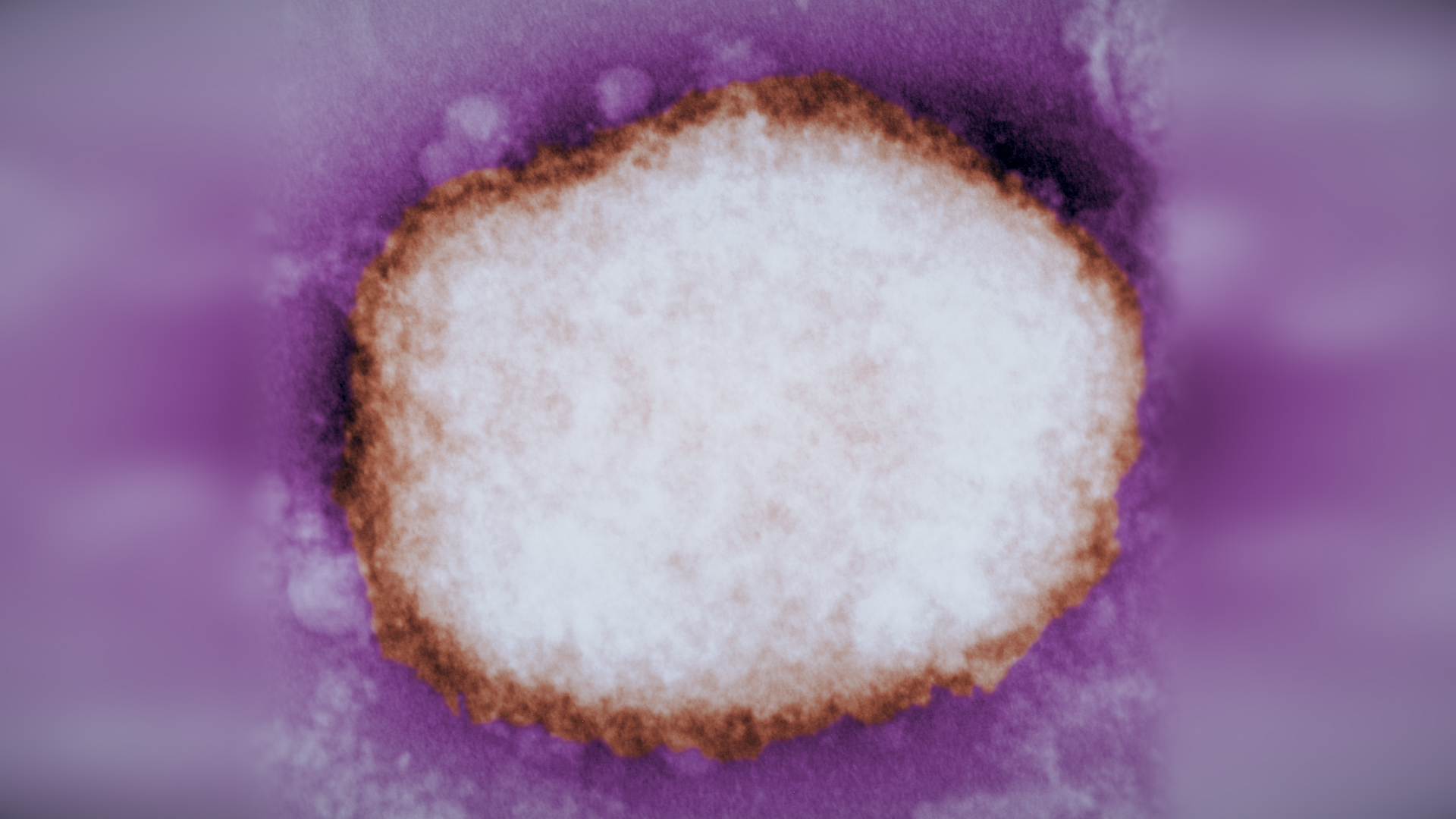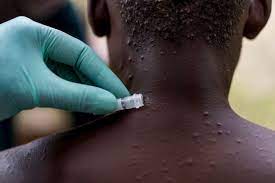On 16 July, the Centers for Disease Control and Prevention (CDC) told that almost after two decades, a rare case of human monkeypox has been detected in Texas, US. According to the Live Science report, the affected is a US resident who had returned from Nigeria a few days ago.
The patient who has been diagnosed with this rare illness is currently hospitalized in isolation in Dallas. The CDC is working with the airline, state, and all health agencies to contact airline passengers and others who may have been in contact with the patient during two flights he took i.e. Lagos, Nigeria, to Atlanta on July 8 and Atlanta to Dallas on July 9.
Government officials released a statement saying that this one case of monkeypox is something not to worry about as it poses no threat to the general public.
The transmission of the monkeypox virus from person to person occurs when a healthy person comes in contact with the respiratory droplets of the affected person. But the CDC has partially ruled out the possibility of such a happening in this case, as wearing masks is mandatory on flights and at US airports due to Covid-19. This Covid-19 protocol has reduced the risk of pathogen transmission to other passengers or travellers from respiratory fluids suspended in the air.
As per the data available, the illness has not been detected in the US since its outbreak in 2003 which affected around 47 people. When it was traced, the outbreak was found to be spread by pet prairie dogs in the Midwest that harboured the virus.
ABOUT MONKEYPOX
Monkeypox, as the name suggests, was first discovered in 1958 when two outbreaks of a pox-like disease were recorded in colonies of monkeys kept for research. In 1970, the first human case of monkeypox was recorded in the Democratic Republic of Congo during a period when there were efforts going on to eliminate smallpox.
Monkeypox is a viral, zoonotic disease. The virus that causes monkeypox belongs to the same family as the smallpox virus. But it causes milder infection than smallpox.

The illness i.e. monkeypox is rare but potentially serious if not given notice. According to the World Health Organization (WHO), the disease occurs mostly in remote parts of Central and West Africa. Generally, the virus lives in animals, including primates and rodents, but it can sometimes move from animals to humans.
The infection begins with flu-like illness and swelling of the lymph nodes. It gradually progresses to a widespread rash on the face and body. The duration of infection is typically two-four weeks.

The transmission of the virus from person to person takes place mainly through:
- Exposure to respiratory droplets, which can enter the body through mucous membranes in the eyes, mouth, and nose.
- Exposure or contact with infected lesions, wounds or body fluids, or
- Indirectly, from contact with contaminated clothing or linens.
So far, scientists have discovered two distinct genetic groups of the monkeypox virus—Central African and West African. The recent case of the US is by the type of virus found in parts of West Africa, including Nigeria. The United Kingdom, Israel, and Singapore have also recorded cases of monkeypox in six passengers, all of whom were returning from Nigeria.
There is no specific treatment known for monkeypox infection. However, the US developed one vaccine against monkeypox and smallpox. This is the only known prevention from the disease.
The infection is fatal in about 1 in 100 people, but the mortality rate can go higher in people with weakened immune systems.
